In the dynamic world of media, building a strong client base and fostering positive perceptions in their respective target markets are crucial for the success of media agencies, media owners, and creative agencies. Partnering with a specialised and in particular a niched PR agency can be a game-changer in achieving these goals. This blog explores ten key benefits of working with a niched PR agency to drive client acquisition and cultivate an outstanding reputation.
1) Targeted Industry Expertise
Brings in-depth knowledge and understanding of specific industries, such as marketing, advertising, and media. This expertise allows them to develop targeted communication strategies that resonate with the intended audience, resulting in increased client acquisition for media agencies, media owners, and creative agencies.
2) Amplifying Brand Image
By working with a dedicated agency, media entities can craft a strong and positive brand image. The agency’s strategic media placements, thought leadership opportunities, and compelling storytelling help position the clients as industry leaders, building trust, credibility, and loyalty among potential clients.
3) A niched PR agency has an Extensive Media Network
All agencies should have well-established relationships with journalists, editors and industry insiders. By leveraging these agency connections, media agencies, media owners, and creative agencies can gain maximum exposure through media coverage, further enhancing their visibility, reputation in the target market and getting their stories heard.
4) Tailored Communication Strategies by niched PR agency
This type of PR agency understands the unique challenges and opportunities within specific industries. This enables them to create customised communication strategies that effectively convey the clients’ message and value proposition to the target market, fostering a strong connection and attracting new clients.
5) Crisis Management and Reputation Enhancement
In times of crisis, a niched PR agency plays a vital role in managing media perception and protecting the reputation of media agencies, media owners, and creative agencies. Their expertise in crisis communication ensures that any negative publicity is swiftly addressed and mitigated, preserving the clients’ brand image.
6) Thought Leadership Positioning
Position media entities as thought leaders within their industry. By securing opportunities for speaking engagements, expert panel participation, and industry-specific publications, the agency showcases the expertise of their clients, leading to increased market recognition and client acquisition.
7) Strategic Content Creation
Content creation is a cornerstone of effective communication. The development of high-quality, industry-relevant content such as media industry news, press releases, blog posts, whitepapers, and case studies is essential to resonate with the target market. This content not only attracts potential clients but also establishes the agency as a valuable resource.
8) Social Media Management
In today’s digital age, social media presence is crucial for media agencies, media owners, and creative agencies. A niched PR agency can manage social media platforms, curate engaging content, and interact with the target audience, strengthening the agency’s online reputation and expanding their client base.
9) A niched PR agency offers Seamless Integration with Marketing Efforts
Collaboration ensures seamless integration between PR and marketing initiatives. By aligning messaging, branding, and communication strategies, media agencies, media owners, and creative agencies can create cohesive and powerful campaigns that leave a lasting impact on their target markets.
10) Measurable Results and ROI
A niched PR agency understands the importance of measuring results and demonstrating return on investment (ROI). By employing robust analytics and reporting tools, they provide media entities with quantifiable data that showcases the success of PR campaigns, solidifying their reputation and attracting new clients.
Partnering with a niched PR agency offers numerous benefits for media agencies, media owners, and creative agencies. From targeted expertise and brand amplification to extensive media networks and seamless integration, the advantages are undeniable. By leveraging the unique strengths of a niched PR agency, media entities can expand their client base and create exceptional market perceptions, setting the stage for long-term success.
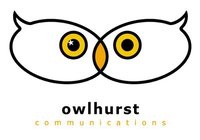

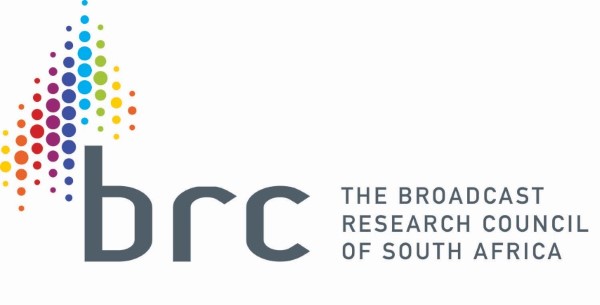
 “Radio holds a position of dominance within the media environment that is buoyant in an array of media formats,” says the BRC’s CEO, Gary Whitaker. “However, the emergence of this array of media formats is changing the dynamics of the media environment.”
“Radio holds a position of dominance within the media environment that is buoyant in an array of media formats,” says the BRC’s CEO, Gary Whitaker. “However, the emergence of this array of media formats is changing the dynamics of the media environment.”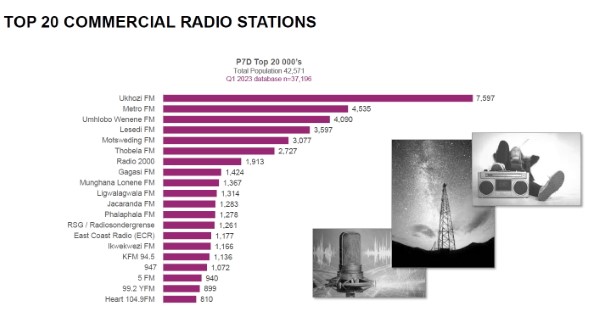



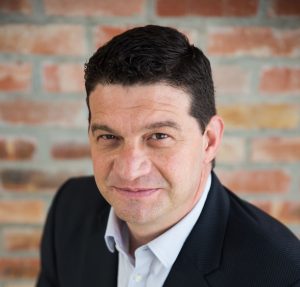 “These remarkable milestones mark a significant leap forward for the MRF and solidify its position as the singular source of truth in the South African media and consumer data landscape,” says MRF’s CEO, Johann Koster, “This latest data release incorporates consumer insights gathered from more than 40 000 interviews, spanning the 2021 and 2022 calendar years. It allows MAPS users a wealth of insights as we track the changing consumer behaviour, emerging from the Covid restrictions and now finding ourselves in the firm grip of an economic downturn.”
“These remarkable milestones mark a significant leap forward for the MRF and solidify its position as the singular source of truth in the South African media and consumer data landscape,” says MRF’s CEO, Johann Koster, “This latest data release incorporates consumer insights gathered from more than 40 000 interviews, spanning the 2021 and 2022 calendar years. It allows MAPS users a wealth of insights as we track the changing consumer behaviour, emerging from the Covid restrictions and now finding ourselves in the firm grip of an economic downturn.”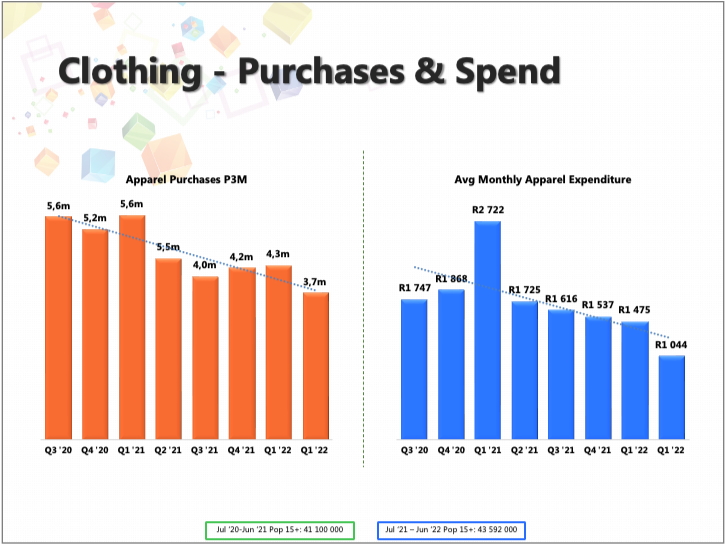

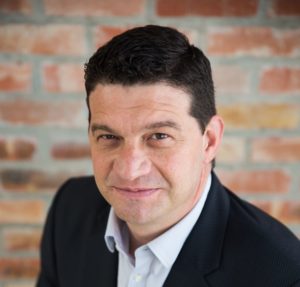 “The MRF was born as an independent, non-profit company, acting as the custodian and repository of research expertise for the marketing industry and their advertising industry partners,” says MRF’s CEO, Johann Koster. “The MAPS survey has been introduced to fill the void that marketers have been clamouring for.”
“The MRF was born as an independent, non-profit company, acting as the custodian and repository of research expertise for the marketing industry and their advertising industry partners,” says MRF’s CEO, Johann Koster. “The MAPS survey has been introduced to fill the void that marketers have been clamouring for.”
 “While we will not be sharing the minutiae of the interim reports, we will rather make the broader analysis of further interim reports available, covering separate areas, as we receive them,” says BRC’s CEO, Gary Whitaker. “The consolidated final TAMS audit report will be accessible to the industry towards the beginning of October 2021.”
“While we will not be sharing the minutiae of the interim reports, we will rather make the broader analysis of further interim reports available, covering separate areas, as we receive them,” says BRC’s CEO, Gary Whitaker. “The consolidated final TAMS audit report will be accessible to the industry towards the beginning of October 2021.”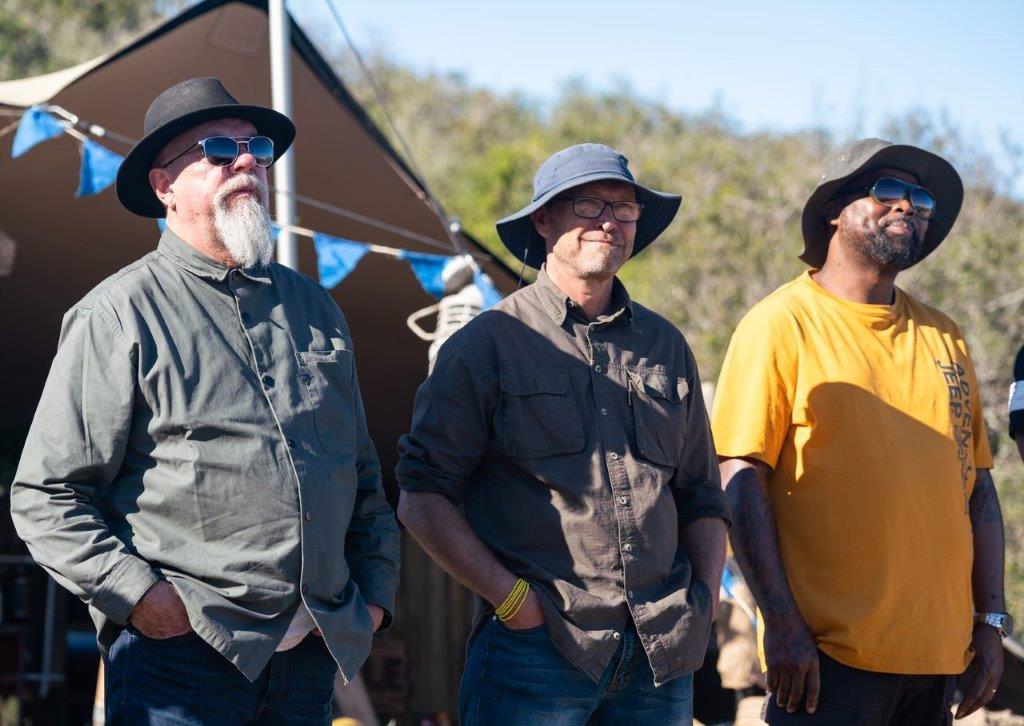

 What is a brand?
What is a brand?